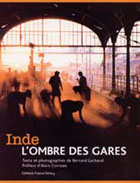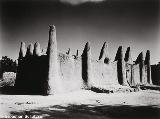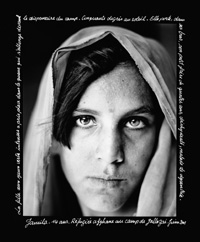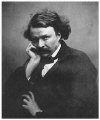|
|
Ceylon / August 1959
CHE GUEVARA PHOTOGRAPHER

Che Guevara photographe
La Galerie photo
Esplanade Charles-de-Gaulle in Montpellier
Till 21 September.
Montpellier Website
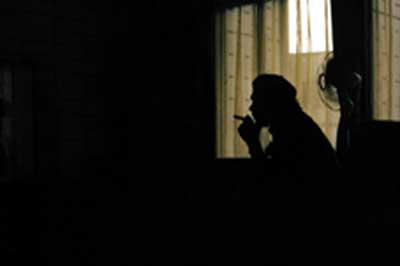 |
|
Emblematic figure of the XXth Century, Ernesto Che Guevara was photographed by the greatest artists. He was himself a photographer, and what is less known, an asserted photographer. For the first time in France, his images that include some moving self-portraits are exhibited at the "Galerie Photo" in Montpellier.
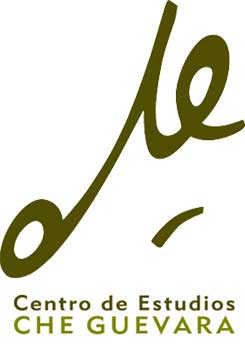 |
This exhibition of Che Guevara photographer, under the authority of Commissioner Josep Vicent Monzo, is organized with the collaboration of the Che Guevara Studies Center of la Havane.
At this occasion, a 200 pages catalogue reproduces all the photographs (Excluive sale at the "Librairie Sauramps" and the "Galerie Photo").
|
From 1959, he was an itinerant Embassador for Cuba, and continued to photograph the places he was travelling, in Africa or Asia,
and notably in Ceylon
in August 1959.
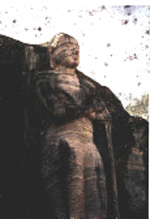
Budas tallados en las rocas...
|
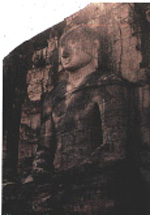
...en un templo del Sureste asiatico. |

Templos budistas, Sureste asiatico.
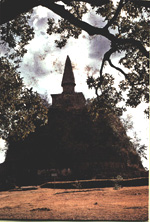
Ruinas en el sureste asiatico.
|
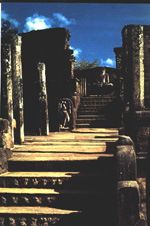
Templos budistas, Sureste asiatico.
|
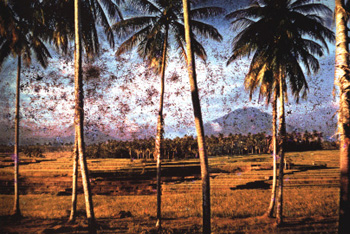
Sureste asiatico.
Inde
L'OMBRE DES GARES
 Texts and photographs by Bernard Lachaud
Texts and photographs by Bernard Lachaud
Preface by Alain Corneau
Editions France Delory
|
Delhi, Calcutta, Bombay or Madras... "Everything started in this small city in Rajasthan in the North-West of India..."
A very personal documentary that looks like revealing what others are still looking for : may be the result of a meditation, an alliance between text and image which goes beyond or below this multitude of faces that stay in the shadow. Anonymous, almost similar, indifferent and serene. So strangely distant from each other.
Claire Gilly (Arts interactifs)
| |
NOSTALGIA...
William Baker and John Burke
BOOK
"From Kashmir to Kabul :
The Photographs of Burke and Baker, 1860-1900"
By Omar A. Khan, F.S. Aijazuddin (Preface)
Prestel USA - ISBN : 3791327860
December 2002.
From Kashmir to Kabul is the first book to piece together the remarkable careers of Baker and Burke. No photographers of the Raj era witnessed more wars, discoveries, new events and human diversity than did these two Irishmen.
| |
Samuel Bourne (1834-1912) 's India
EXHIBITION
"Samuel Bourne photographer in India (1863-1870)"
Palazzo Fontana di Trevi (Roma)
Recently
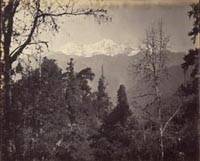
Samuel Bourne |
Samuel Bourne's name is synonymous with British Indian photography. He is the most researched and highly-praised colonial photographer.
Samuel Bourne exhibited his photographs of landscapes as soon as 1858 in India, where he spent six years and where he started his real career. |
In 1864, he opens, at Simla, a photographic studio, and in 1868, become associated with Charles Shepherd who takes the responsibility of the commercialization of the images, while Bourne is exploring and photographing the Indian sub-continent ; he realises more than three thousand plates.
Bourne takes part into three expeditions in Himalaya (1863 to 1866), and, during these journeys, realises the first views of mountains at very high altitude (more than 6,000 metres).
Bourne wrote a lively series on his adventures for The British Journal of Photography
Emile Gsell (1838-1879) 's Indochina
BOOK
"Photographes en Indochine.
Tonkin, Annan,
Cochinchine, Cambodge et Laos
au XIXe siècle"
Philippe Franchini and Jérôme Ghesquière
Marval / RMN / Musée Guimet
Paris 2001.
In 1866, Emile Gsell (1838-1879) became the first professional photographer to settle in Saigon. He comes back to Cambodia in 1873 and photographs Tonkin in 1876.
This beautiful album, which includes the contents of the French public collections, reserves for Emile Gsell a particular place in the world of photography.
| 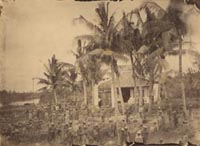
Emile Gsell
Cho Cao canal construction,
c. 1875.
|
|




![]()
![]()
![]()
![]()
![]()
![]()
![]()
![]()
![]()
![]()
![]()
![]()
![]()
![]()
![]()
![]()
![]()
![]()
![]()
![]()
![]()
![]()
![]()
![]()
![]()
![]()
![]()
![]()








![]()
